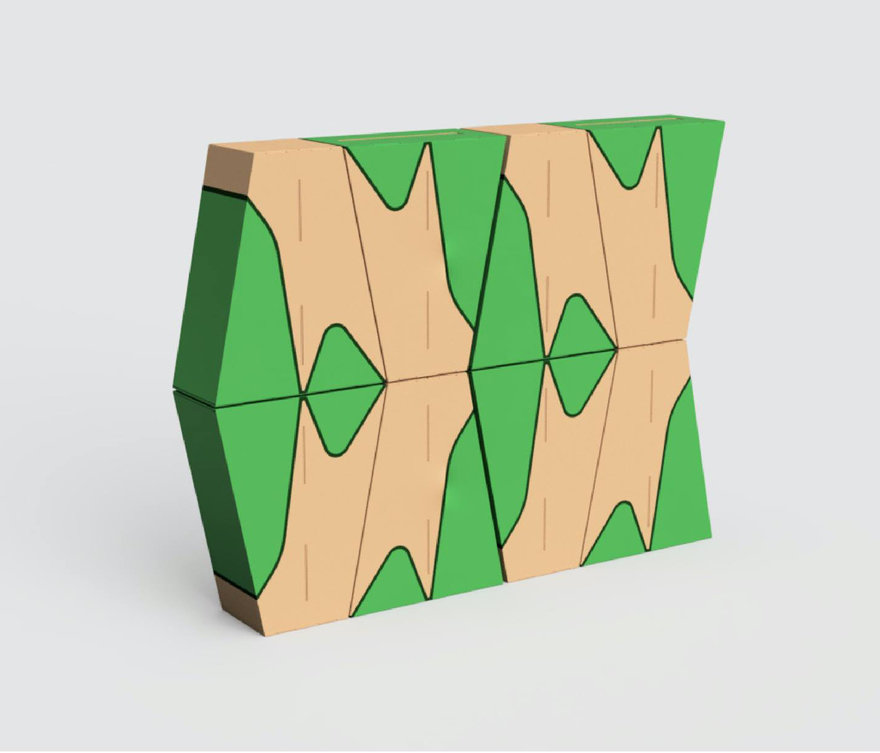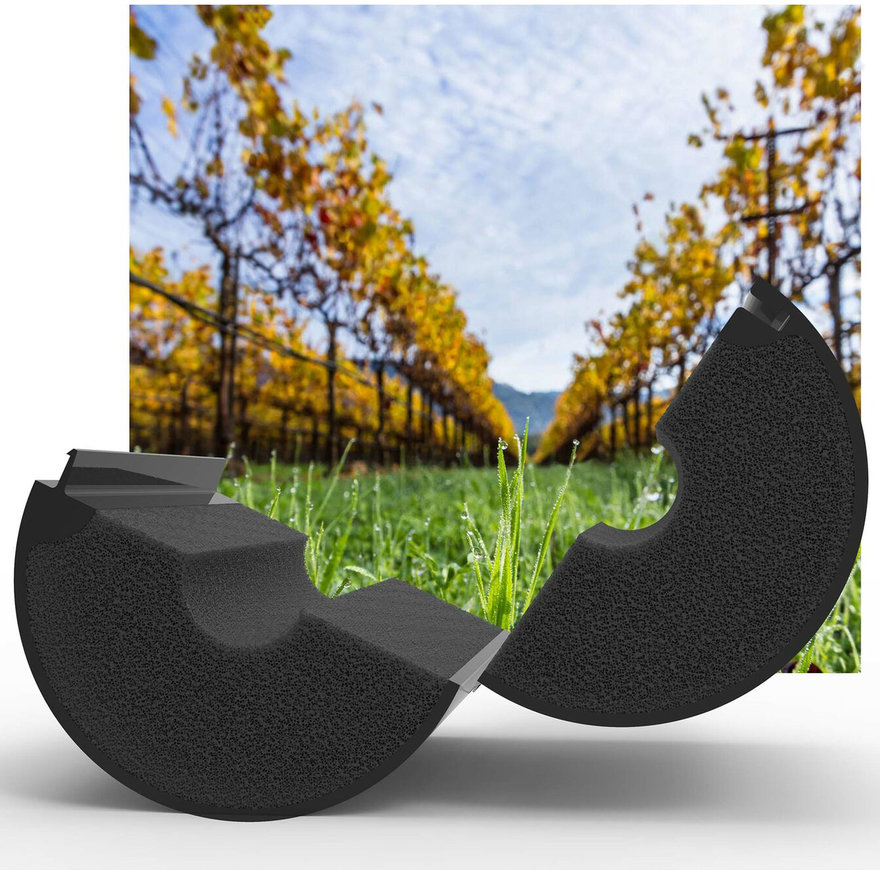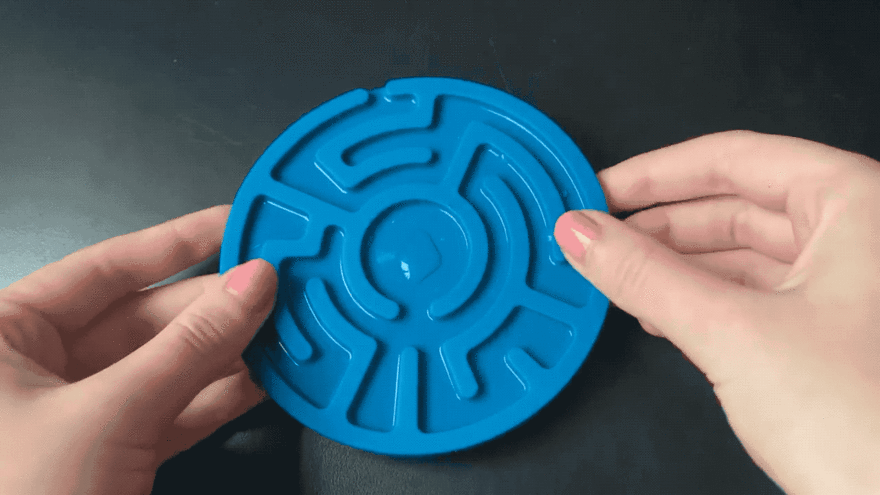For many of us, our homes now operate as offices, and our products at home are doing twice the work they used to do. Within these new constraints, the New York-based Smart Design found their lightbulb moment—quite literally—for a four-piece transitional lighting collection they just released with 3D printed lighting manufacturer Gantri.
 The Aim Collection Floor Light
The Aim Collection Floor Light
Smart Design Industrial Design Director Dan Grossman said the idea for their new Aim Collection began with the challenges of fitting office space into a compact home environment. Grossman says for the New York-based team, "we're living in small spaces, and space is really precious. So now we're having to retrofit our homes—where I used to eat dinner is now my desk. So how do you outfit your desk? And how do you turn your dining room table into your new workspace?"
 The Aim Table Light is a lantern that can be either directional or ambient, and easy to transport to different workspaces.
The Aim Table Light is a lantern that can be either directional or ambient, and easy to transport to different workspaces.
The genesis of this challenge resulted in four different lights for every potential work-from-home use case: there's a floor lamp, a directional task light, a lantern, as well as a clamp light (launching Spring 2022). The collection's ultimate strong suit is adaptability, and each light tackles these challenges in a simple yet ingenious way. The Aim Task Light, for example, can easily switch from directional task light to ambient light through an effortless shifting of the light's arm.
 The Aim Task Light in task and ambient mode
The Aim Task Light in task and ambient mode
"Our mood and lighting are just so intertwined. And task lighting is traditionally designed so specifically for creating, for building, for doing. We started to wonder, can we look at that as an opportunity? Can we reimagine task lighting, as a way to almost soften the blow and enable this new behavior which emerged from this unfortunate situation we were all in?" says Grossman.
The pieces appear quite simple and intuitive, so it may surprise you to discover these pieces were no easy manufacturing feat for Smart Design manufacturing partner Gantri. Before Smart Design approached them, Gantri had never produced a 3D-printed light before with moving parts.
 Prototypes for the Aim Task Light
Prototypes for the Aim Task Light
But the opportunity to work with Smart Design was also a chance for Gantri to collaborate with a design team equipped with engineers. Both teams worked together to achieve a number of engineering feats that made a complicated construction look simple and effortless. One challenge, for example, with the Aim Task Light, was the fact that the cord for the light had to wind through and be hidden away in the movable arm. To tackle this, Smart designed internal hardware with round pivots and tension screws to ensure the least amount of friction on the electronic components inside, and prevent the cord from falling. Grossman said Gantri had "never done this level of complexity with articulation of joints and pivots. Although it seems simple, with 3D printing it's actually a pretty big challenge. There was a ton of consideration and a lot of prototyping and testing to figure out the material constraints, tolerances, as well as weight and balance."
 Prototypes for the Smart Design x Gantri Clamp Light
Prototypes for the Smart Design x Gantri Clamp Light
The Clamp Light was another example of a piece that required the production of several moving pieces. For Smart Design, after some consumer research, it felt like a particularly relevant addition to the collection due to our current work-from-home habits. "Aside from looking at our own homes, we approached our friends and family and sent out some surveys asking people to take a picture of their home desk setup. What we realized was work is happening in unexpected places. So can we make something a little bit more transient, a little bit more flexible? The Clamp Light is this idea where if you have a shelf, a table edge, anything, you can just clip this thing on and now you have a desk," Grossman told us. The Clamp Light was designed with a hinge that allows the user to easily adjust the light according to their needs, and a clamp that's easy to attach to any surface.
 The Smart Design x Gantri Clamp Light will come in black, white, and sage green
The Smart Design x Gantri Clamp Light will come in black, white, and sage green
Despite the excitement of these lights being produced using 3D printing, Grossman emphasizes the production process is simply a highly efficient means to an end. "The fact that these objects are 3D printed shouldn't change the fact of how people own them, right? Whether it's made of metal injection-molded plastic or 3D printed, we want them to have that same significance and value for the customer. We wanted someone to walk up to it and know exactly how to use it from the moment they see it." True to Smart Design's ongoing philosophy, the Aim Collection is first and foremost about function and highlighting the beauty of simplicity.
from Core77 https://ift.tt/3r4Duuc
via
IFTTT









 The Aim Collection Floor Light
The Aim Collection Floor Light The Aim Table Light is a lantern that can be either directional or ambient, and easy to transport to different workspaces.
The Aim Table Light is a lantern that can be either directional or ambient, and easy to transport to different workspaces. The Aim Task Light in task and ambient mode
The Aim Task Light in task and ambient mode Prototypes for the Aim Task Light
Prototypes for the Aim Task Light Prototypes for the Smart Design x Gantri Clamp Light
Prototypes for the Smart Design x Gantri Clamp Light The Smart Design x Gantri Clamp Light will come in black, white, and sage green
The Smart Design x Gantri Clamp Light will come in black, white, and sage green






























